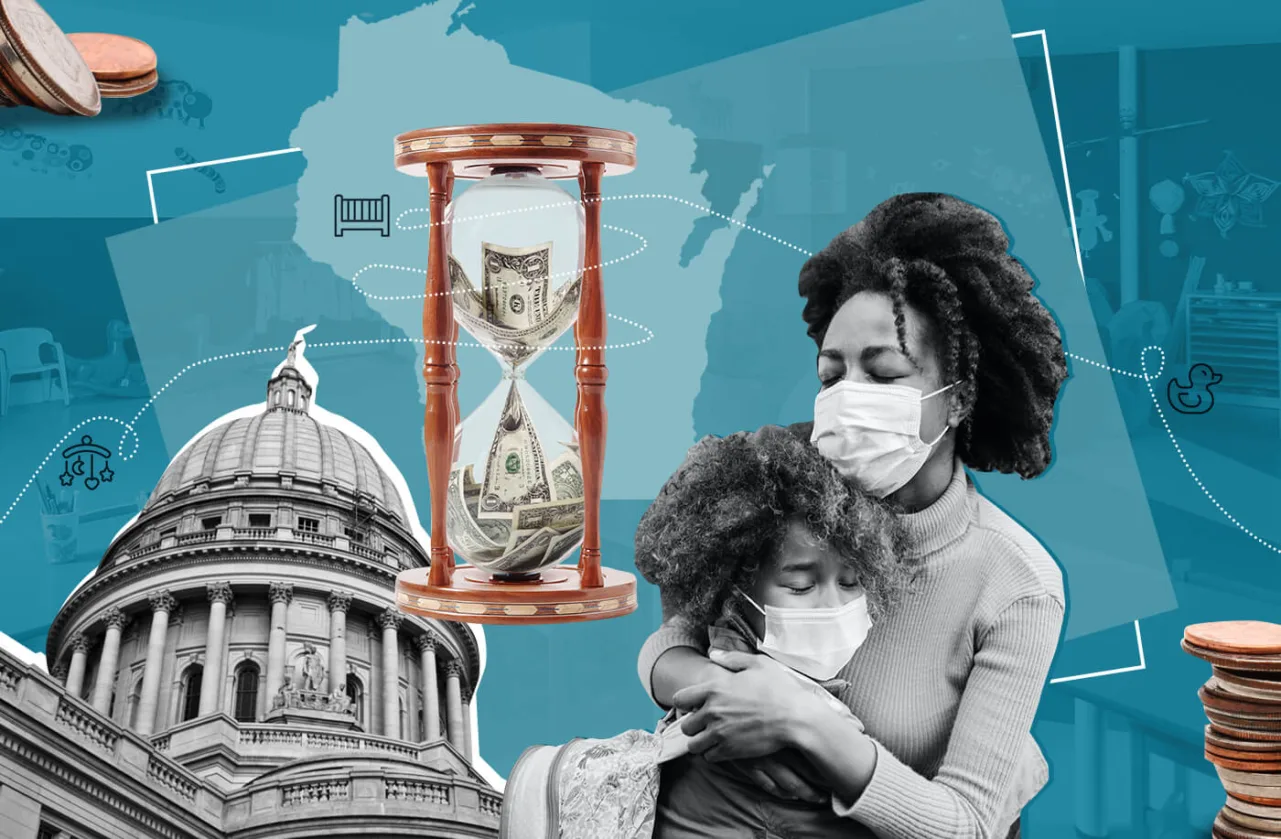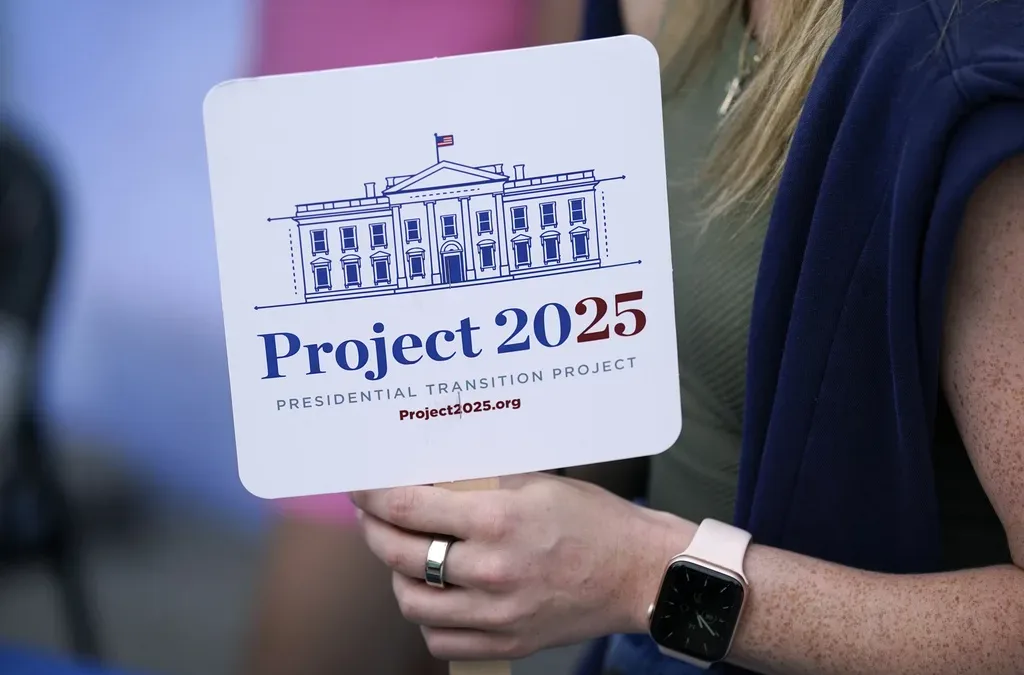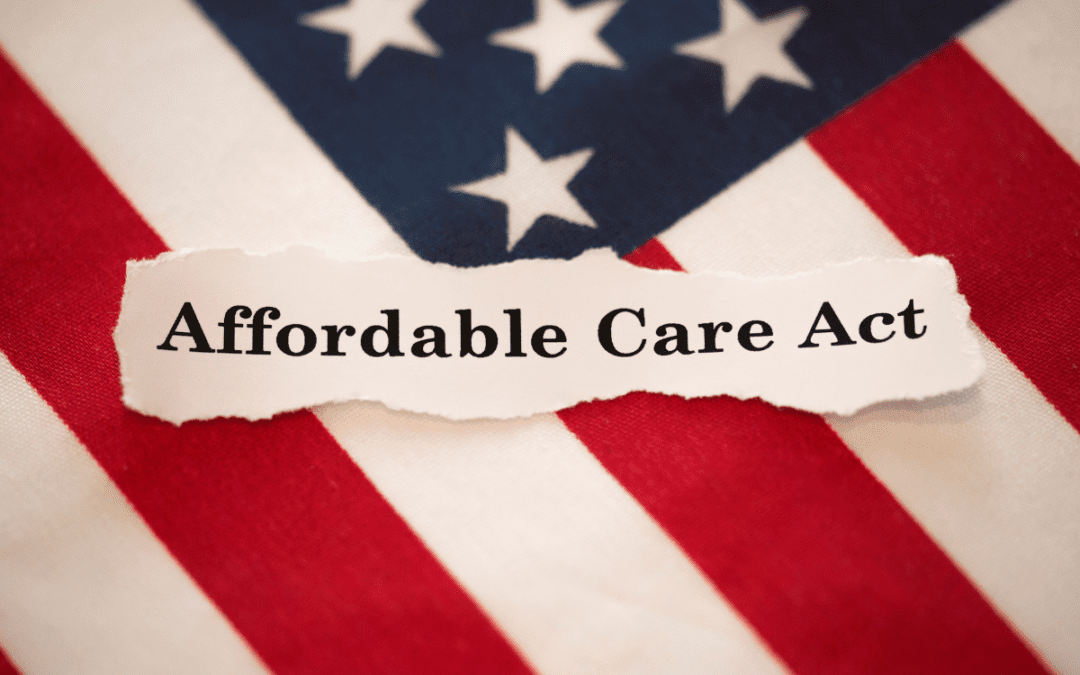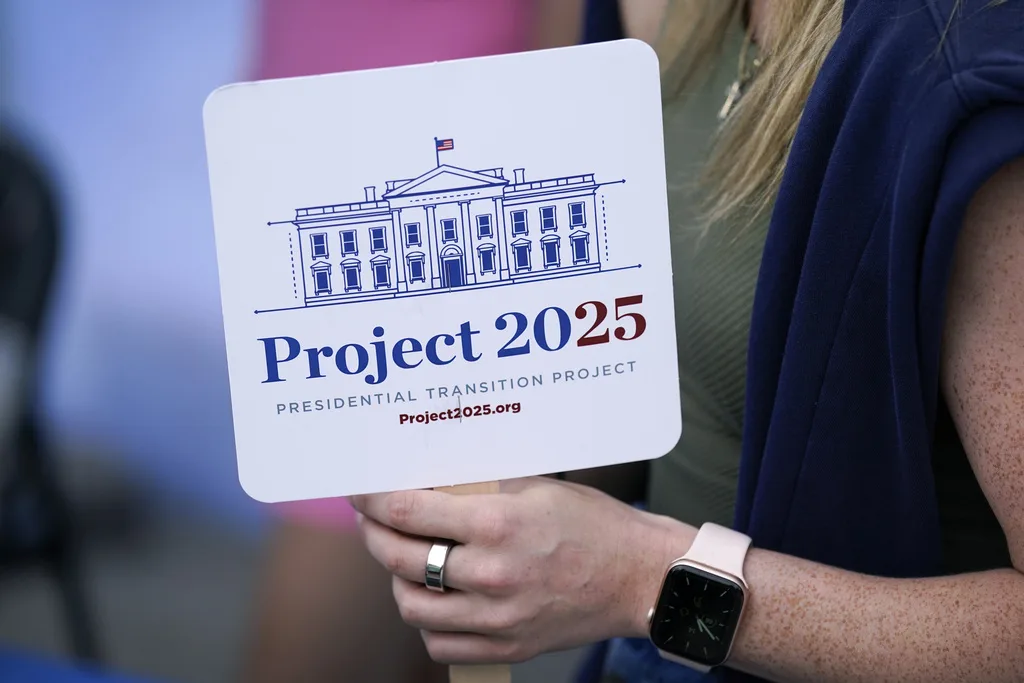
#image_title
#image_title
Investing in early childhood would benefit struggling parents, cash-strapped providers, and reduce crime and other troubles in the future.
For years, child care providers have struggled to balance the high cost of providing care with what parents can afford to pay, resulting in low salaries and high turnover. The coronavirus pandemic and subsequent economic downturn exacerbated the situation, prompting millions of women to leave the workforce and force the issue to the front of the national consciousness.
The Biden Administration allocated $39 billion from the American Rescue Plan (ARP) for child care, which could go a long way to shore up industry, help women return to the workforce, and stimulate the economy. But child care providers and researchers agree a one-time investment is not going to be enough to make the industry sustainable for parents, children, and providers.
If anything, Daithi Wolfe, an early education policy analyst with Kids Forward, was nervous that large federal investments might endanger the line items in Gov. Tony Evers’ budget that would provide state funding for child care subsidies and grant programs.
Those programs were not deliberately cut from the budget, unlike 380 items removed by Republicans on the Joint Finance Committee last week, but they are not included in the base version of the budget the committee is working with. While the provisions could be reintroduced during the budget process, Wolfe said if they are cut from the final budget, the state Department of Children and Families is considering implementing some or all of Evers’ proposals using funds the department received from the COVID-19 relief package that passed in December.
Wolfe recognizes that the influx of federal funds is an opportunity to help the ailing industry get on its feet. The $39 billion in ARP funds has been divided into $24 billion in childcare stabilization grants to help current providers stay in business and $15 billion for the Child Care and Development Fund, which supplements child care for low-income families.
“It doesn’t solve the long-term public funding needs, but it does have some opportunities to really push forward on wages, on infrastructure, on quality,” Wolfe said.
But the key to making the programs and the child care industry sustainable is ongoing funding to bridge the gap between providers and parents.
“The reason we really want that state money is that would become a line item in the budget and that would go into the future,” Wolfe said. “We can’t just count on the federal government doing another giant bailout or rescue plan.”
EARLIER: This Wisconsin Woman Left Her Job to Care for Her Kids During the Pandemic. She’s Not Alone.
In his speech before Congress, President Joe Biden pitched his American Families Plan that would provide sustaining support to families with children, through extending the child tax credits, implementing universal pre-Kindergarten for 3- and 4-year-olds, and providing financial assistance so families pay no more than 7% of their income on child care for children under 5.
While the details of the plan have not been ironed out, the broad outline on the White House website says providers will “receive funding to truly cover the cost of quality child care,” implement a $15 minimum wage for workers, and ensure that workers with the same credentials as kindergarten teachers would be paid the same.
Now the bill only has to pass through Congress—an outcome far from certain.
What Could Be
Like many family child care providers, Kate MacCrimmon decided after the birth of her daughter that she would stay home and become a licensed child care provider to bring in additional income. She kept her business open for eight years but ultimately closed it once her children reached school age.
“So then at that point, I was really preoccupied with why it was so difficult,” MacCrimmon said. “Why was it so challenging? And I was told so many different things by so many different people.”
She went to graduate school and ultimately decided to do a dissertation where she spent one year studying Denmark’s universal access child care system, which has been subsidized for over 50 years.
“It was a fascinating year,” MacCrimmon said. “[It] really galvanized me to come back here to Wisconsin to say, ‘Hey, this is this model that’s been in existence for over 50 years. Why aren’t we looking at what works? Why are we scratching our heads and pulling our hair out when we have a model in the world that has been working for over 50 years. How much more proof do we need?’”
Childcare providers in Denmark are treated as public employees, with commensurate pay and benefits. Every municipality is required to provide child care so families don’t have to worry about “childcare deserts” like in the United States. In fact, the state helps connect families with providers, whether they are seeking a nanny, a family child care provider, or a child care center. Families pay a portion of the cost of their care based on their income.
As a result, MacCrimmon said, child care is seen as a profession and a viable long-term career. Child care providers tend to be people who were educated in early childhood education and have chosen that career. And they have been represented by a union since 1966.
“There is a big difference in terms of who becomes a childcare provider between Wisconsin and in Denmark because there’s more of a choice,” MacCrimmon said. “They can go and get an education to become whatever they want to become. So the people who are working in child care tend to be there because they really, really love children and want to be there.”
The result was the workforce was more stable, more experienced, and had lower turnover rates. Anecdotally, MacCrimmon said they also seemed less stressed than their American counterparts. One of the providers she worked with said she gets “to do all the fun stuff.”
“Which means she opens her door every day around seven o’clock and she welcomes in her children, and they punch in on an iPad that they’re given from the city,” she said. “With childcare providers here you’ve got to scramble and if you can’t keep enough children in your care, then your income goes way down.”
There was also a better sense of being supported than in the US. During the pandemic, regardless of how many children they were caring for, childcare providers in Denmark received their full wages while child care providers in Wisconsin closed their doors.
EARLIER: Wisconsin Is In a Childcare Crisis. The Pandemic Hasn’t Helped.
Around 2016, MacCrimmon said, a common complaint among Danes was that family child care providers were not properly educated or trained. How did the government respond?
“They gave them an education,” she said. “So now all public family child care providers are given one year of education and they get their regular salary when they do it.”
By contrast, when Wisconsin had a series of scandals over childcare providers defrauding the system, the state created the Young Star system, which MacCrimmon said rewards providers who already have more resources and punishes providers who don’t. For example, providers who have more funds to buy educational materials and equipment or to undergo training receive a higher reimbursement from the state for supplemented child care. But for women who come from a low-income background, who may not have the resources to invest in the business or to take time off for training, they are paid less.
“Equity doesn’t really exist because you’ve got a private system [in the US],” MacCrimmon said. “Many of these family childcare workers work in their communities and accept what parents can pay. So of course the poor communities, they’re not going to require higher payments because they know the parents can’t pay for that.”
The result for Danish children is that regardless where they live, they receive high quality care, which MacCrimmon noticed particularly when it came to children with disabilities. Children with disabilities require more resources but unless they come from a low-income family, there is no subsidy for their child care. So providers have to take in more children in order to make ends meet.
“So the children with disabilities are not getting the time and attention that they really need [in the US],” MacCrimmon said. “And it’s not the provider’s fault. I don’t ever want to demonize the providers because it’s difficult to imagine that they could do any more than they have.”
MacCrimmon noted that no country is perfect, but there are some financially valuable takeaways from Denmark’s system. Wisconsin currently pays about $750 a week to imprison someone. To subsidize child care at a sustainable level would be about $70 per child, and studies have shown quality child care reduces the risk of all kinds of negative outcomes, including future incarceration.
“If we reversed that and invested money at the front end, when children are babies, when mothers are pregnant, when children are young, if we could nip problems in the bud, we wouldn’t need to be investing money in prisons,” MacCrimmon said. “By investing early we’re investing in these children who will grow up to be happy, thriving citizens who will want to give back.”
Politics

6 terrifying things that could happen if the Comstock Act is used to target abortion
Does 1873 sound like a really, really long time ago? Well, that’s because it is—but if Republicans and far-right anti-abortion activists have their...

Opinion: Many reasons why young adults should refuse to let Republicans kill the Affordable Care Act
In this op-ed, University of Wisconsin Medical School student, Samantha Crowley, shares the importance of young adults protecting the Affordable...
Local News

Stop and smell these native Wisconsin flowers this Earth Day
Spring has sprung — and here in Wisconsin, the signs are everywhere! From warmer weather and longer days to birds returning to your backyard trees....

Your guide to the 2024 Blue Ox Music Festival in Eau Claire
Eau Claire and art go hand in hand. The city is home to a multitude of sculptures, murals, and music events — including several annual showcases,...



